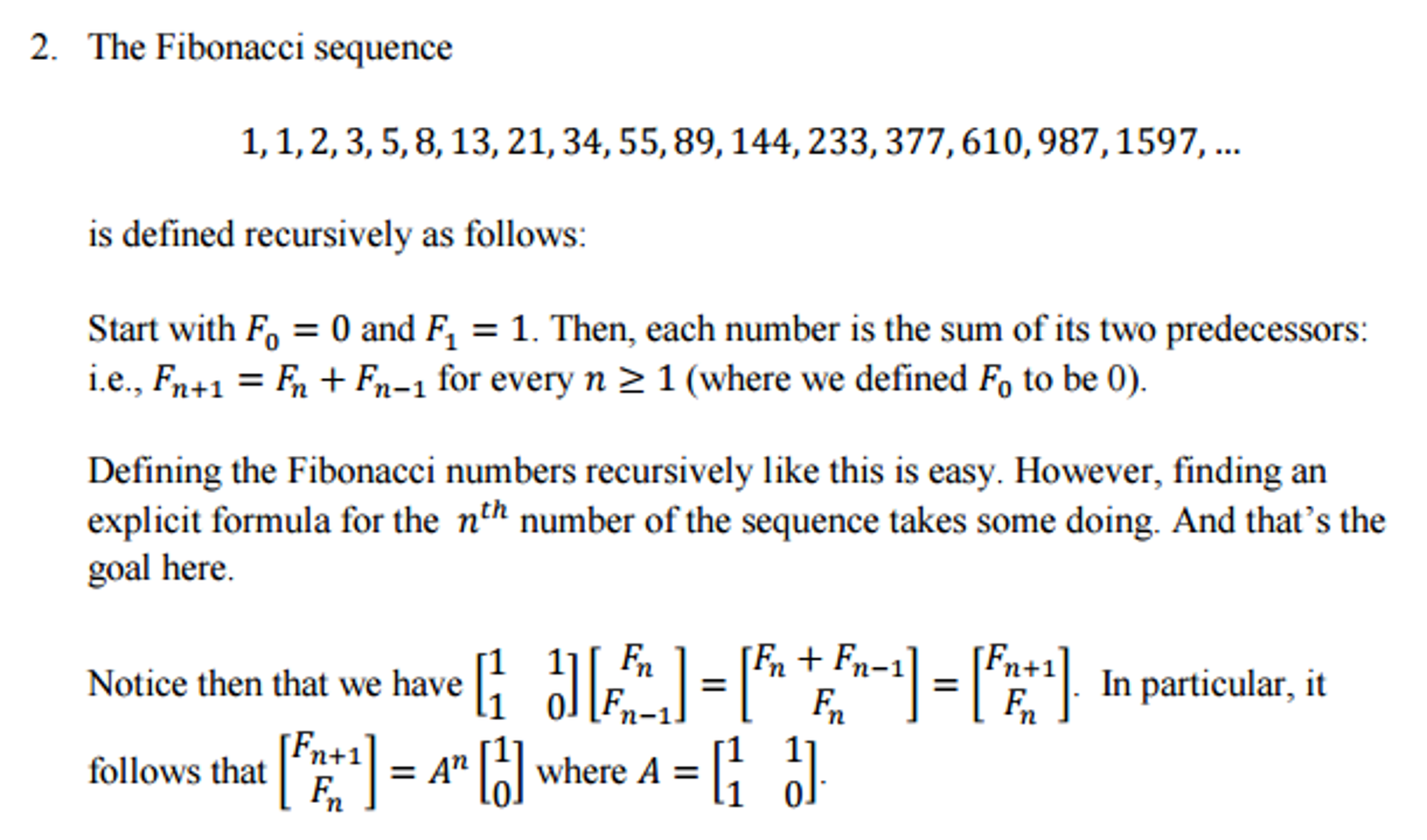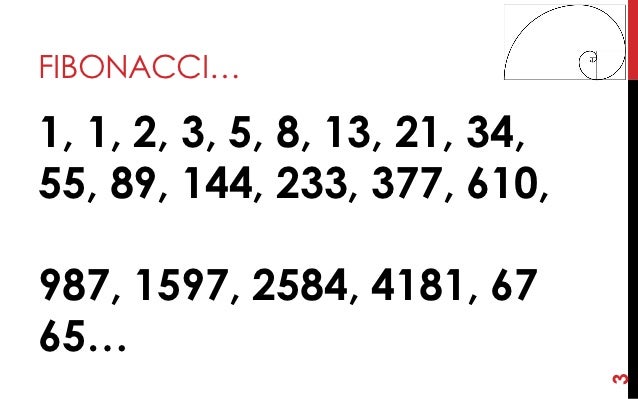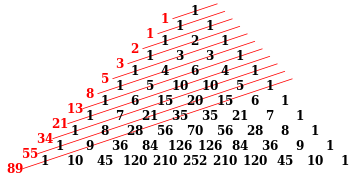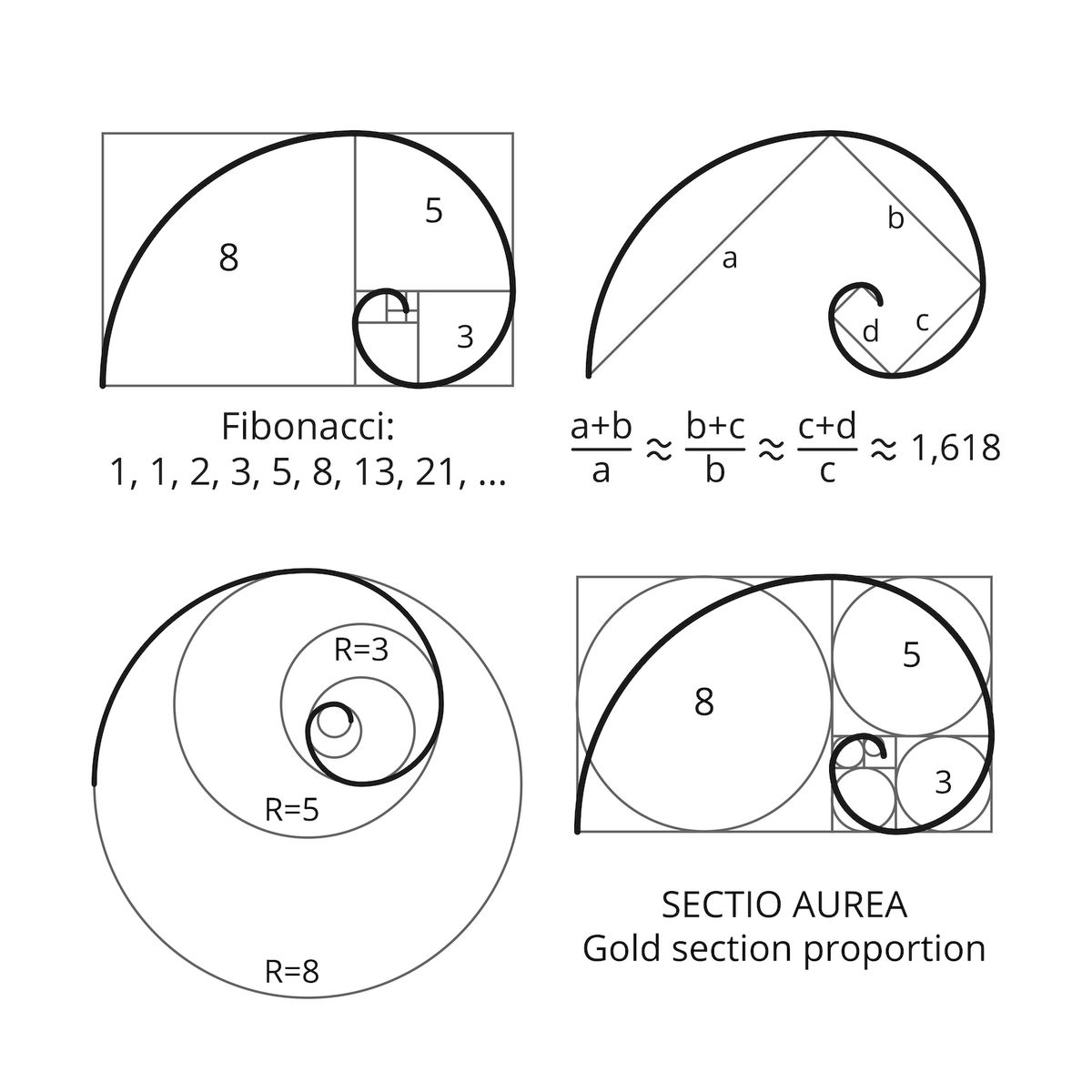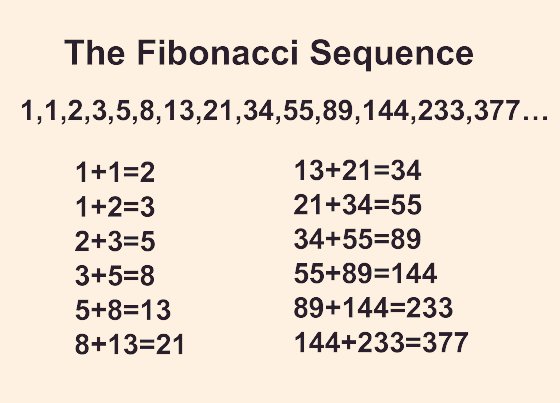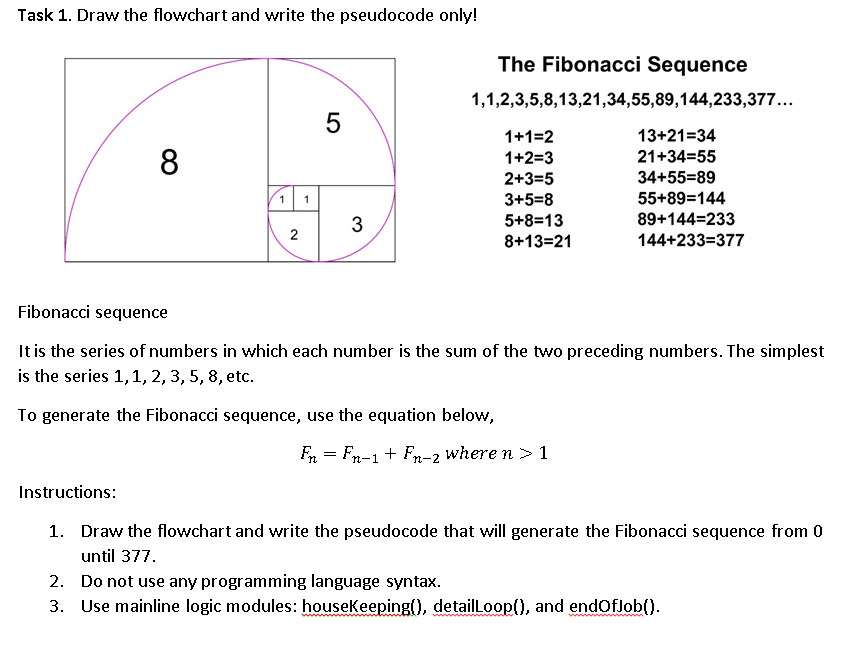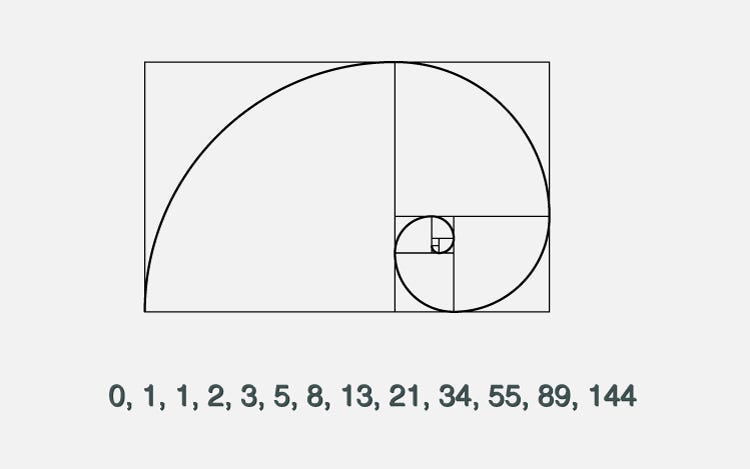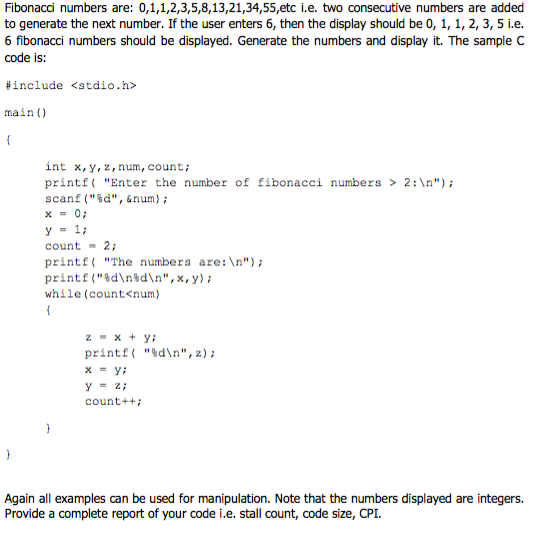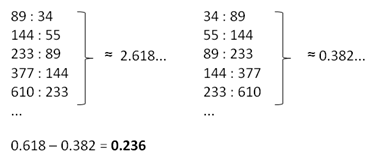1 1 2 3 5 8 Fibonacci

0 1 1 2 3 5 8 13 21 34 55 89 144 program for fibonacci numbers.
1 1 2 3 5 8 fibonacci. As far as why you should use the fibonacci sequence instead of say t shirt sizes check back for my next article on 5 reasons using the fibonacci sequence will make you better at estimating tasks in agile development. The spiral in the image above uses the first ten terms of the sequence 0 invisible 1 1 2 3 5 8 13 21 34. We define the fibonacci numbers f n to be the total number of rabbit pairs at the start of the nth. This is the small tree for fibonacci 2 i e.
The next number is found by adding up the two numbers before it. The fibonacci numbers are the numbers in the following integer sequence. The fibonacci sequence is named for leonardo pisano also known as leonardo pisano or fibonacci an italian mathematician who lived from 1170 1250. The fibonacci sequence is the series of numbers.
Fibonacci used the arithmetic series to illustrate a problem based on a pair of breeding rabbits. For now only look at the leftmost three blocks. A half rotation is 1 2 1 and 2 are fibonacci numbers 3 5 is also common both fibonacci numbers and. 1 2 3 5 8 13 21 one being the smallest easiest tasks and twenty one being large projects.
F 1 1 1 2 3 5 8 13 21 34. For finding the 2nd. The fibonacci numbers are the numbers in the following integer sequence. The first two terms are 0 and 1.
And that is why fibonacci numbers are very common in plants. A fibonacci sequence is the integer sequence of 0 1 1 2 3 5 8. 0 1 1 2 3 5 8 13 21 34. All other terms are obtained by adding the preceding two terms.
5 8 also you guessed it all getting closer and closer to the golden ratio. The ones that have f 2 and then under that f 1 and f 0. In mathematical terms the sequence fn.




